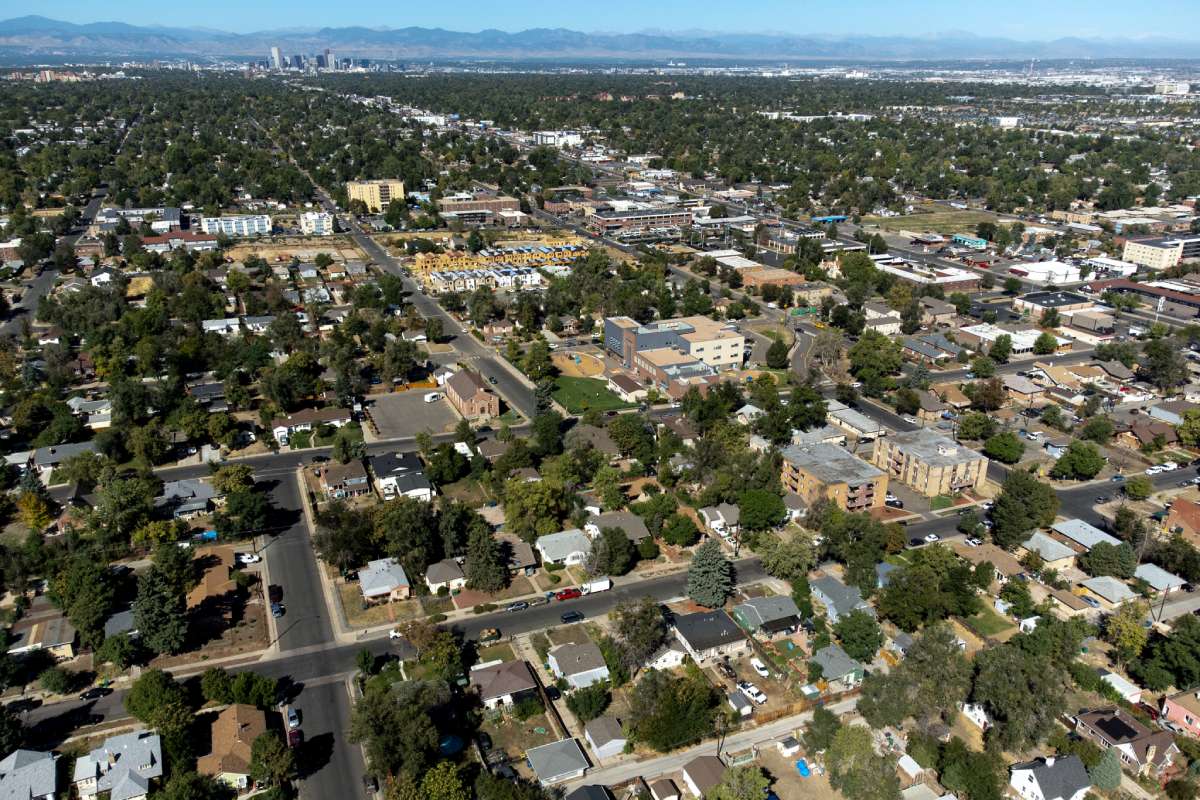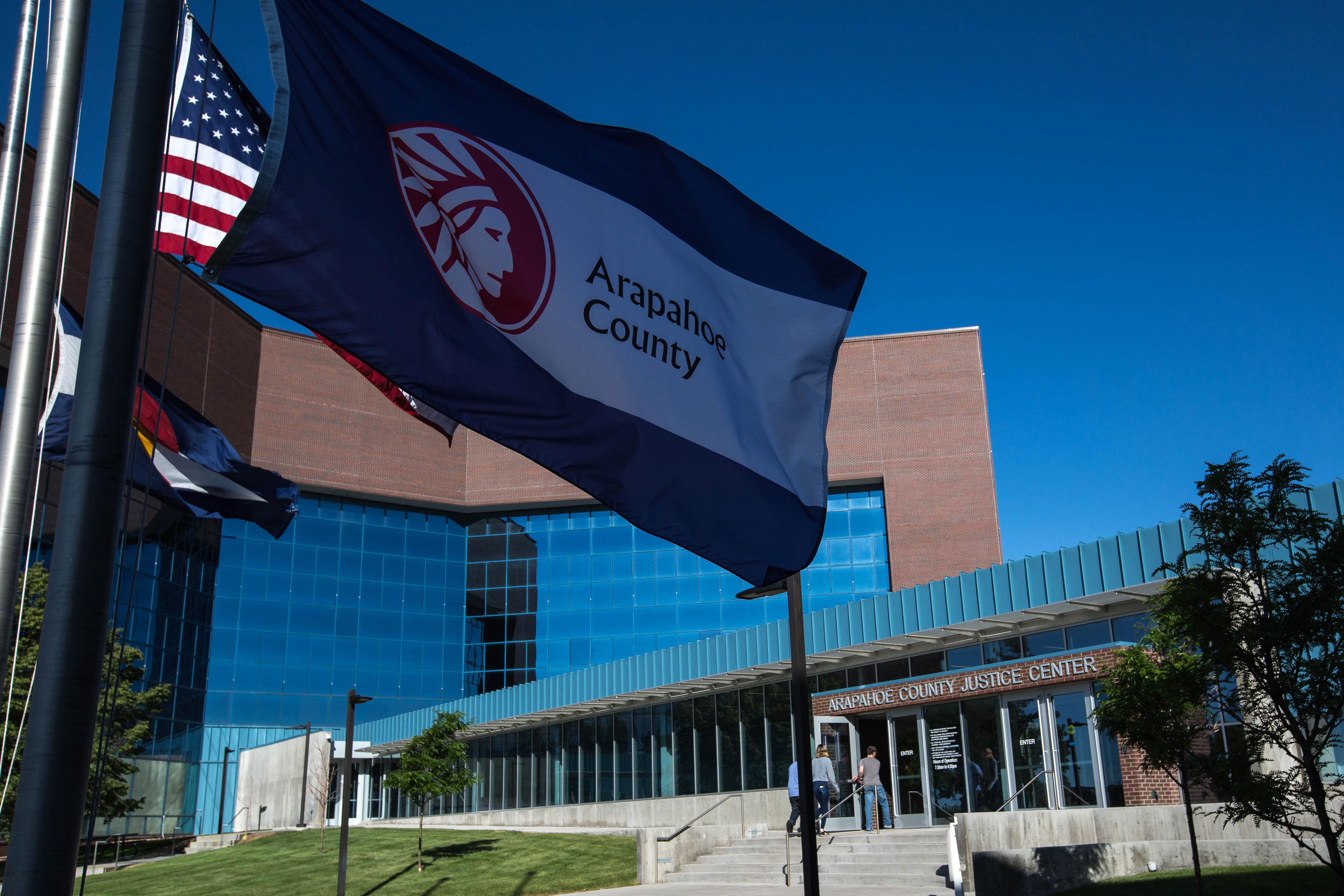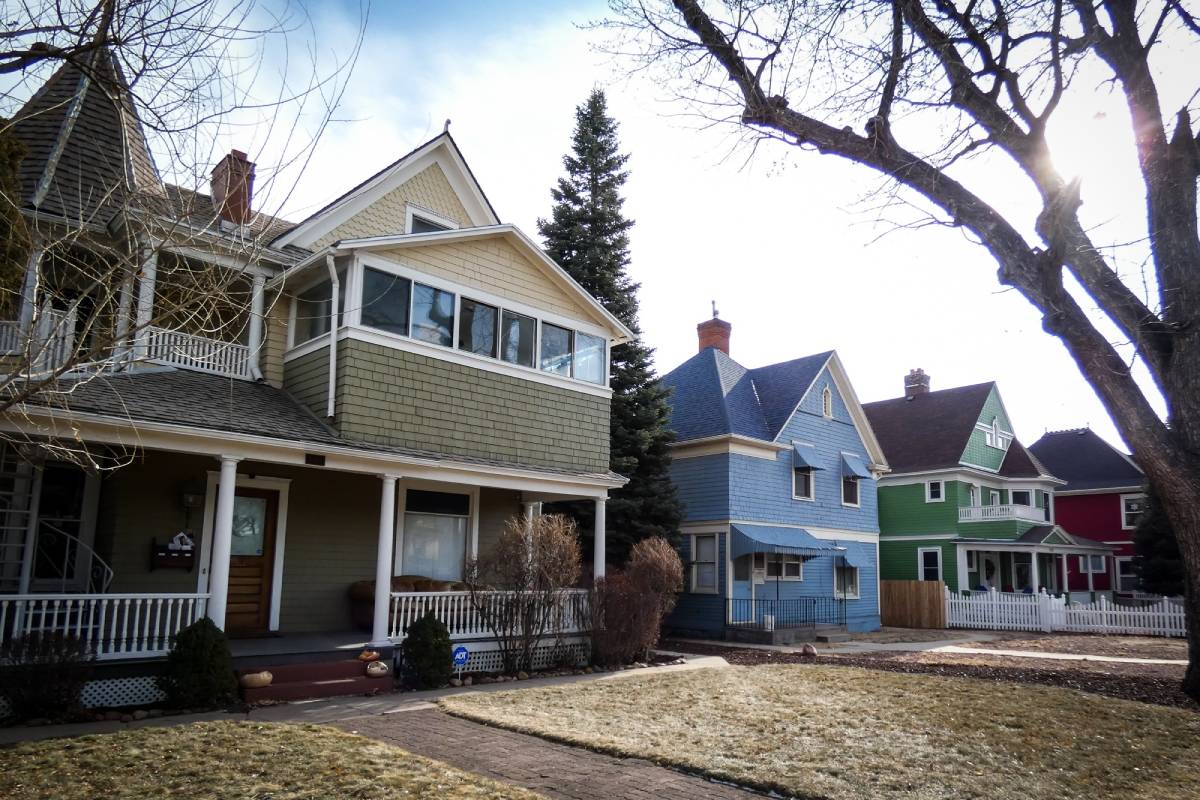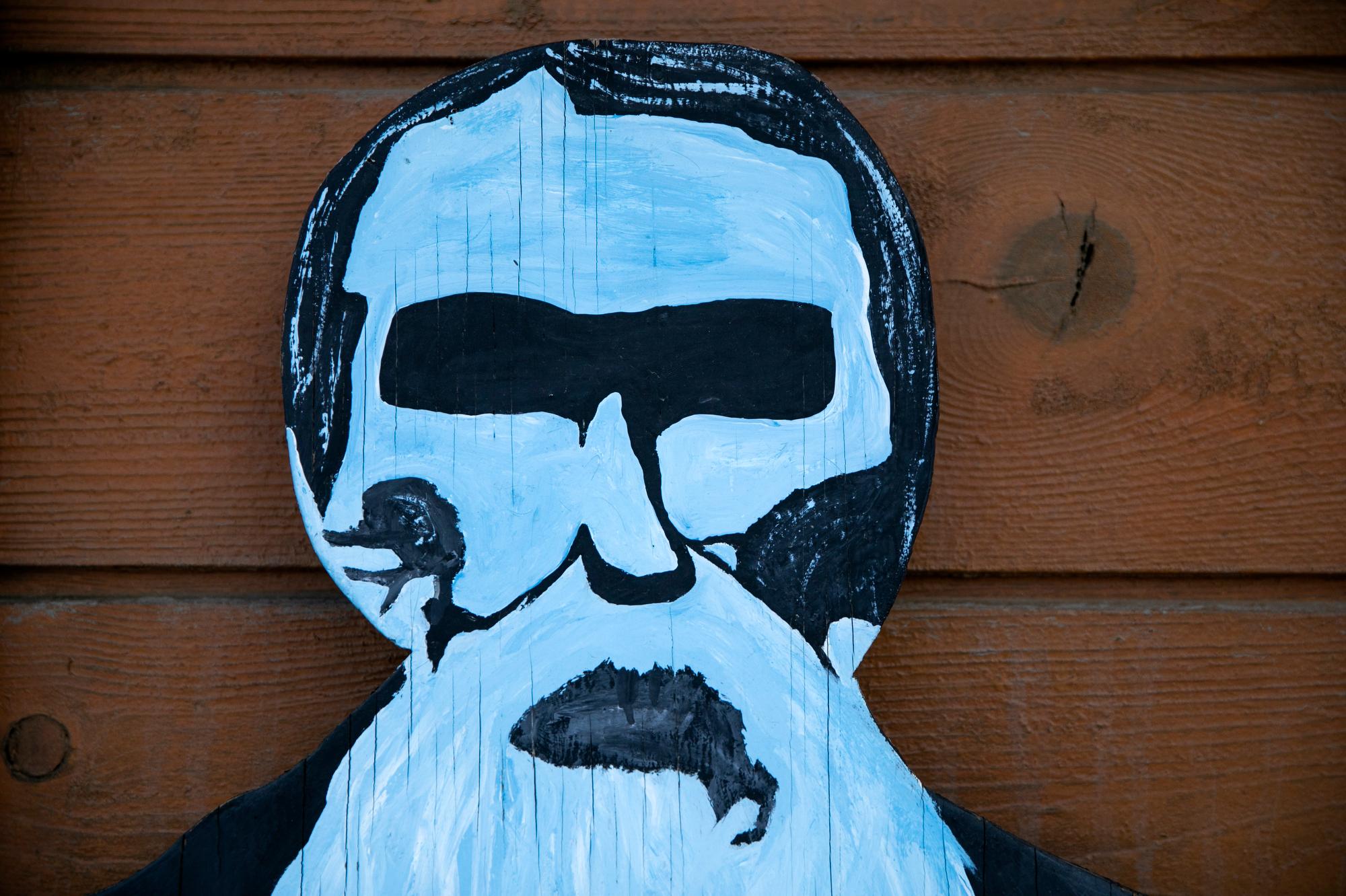
Even by Colorado’s standards, Nederland’s famous Frozen Dead Guy Days festival is a weird one. A very weird one.
In fact, Aimee Resnick asked through Colorado Wonders: "I have always wondered about the history of the 'Frozen Dead Guy Days' festival. As someone who isn't from Nederland, it seems crazy to me! Would love to know more."
For years, thousands of people packed the tiny mountain town annually for the celebration that included, among other things, a hearse parade and coffin races. The streets were crowded with people wearing skeleton costumes and ghoulish makeup.
Well, this year, the festival is moving to Estes Park for the weekend of March 17-19. There’s at least the possibility that the body of its namesake may not be far behind.
But we’re ahead of the story: In real life, the “dead guy” was a Norwegian retiree named Bredo Morstoel, whose beloved grandson, Trygve Bauge, still remembers celebrating Norway’s midsummer holiday with him.
“He was kind. I never heard him angry. I never saw him unjust,” Bauge said.
Bauge is in Norway now but in the 1980s he lived in Boulder. He was, and still is, an ardent believer in cryonics — the practice of freezing people’s bodies at extremely low temperatures with the idea that science will someday find a way to revive them.
When Morstoel died in 1989, Bauge stayed in the United States but worked with his mother and an undertaker in Norway to have his grandfather's body frozen
It was transported to an institute in California and Bauge later had it moved to Nederland.
Morstoel’s remains are still there in a metal box, under ice, in a Tuff Shed with a small Norwegian flag hanging from the rafters.
But Bauge isn’t in Colorado to take care of Morstoel’s remains. His visa expired and he was deported in 1994. Since then, several caretakers have tended to the body, including Brad Wickham, who took on the job 10 years ago and now makes two trips a month to the site to keep Morstoel’s remains covered in fresh ice.
“Every two weeks I have to go down to Denver to a distributor and pick up the dry ice. It’s usually 900 to 1,200 pounds, and that’s all year long. I’m wired money from Norway by his grandson, Trygve, to move the ice and that’s what I do,” he said.
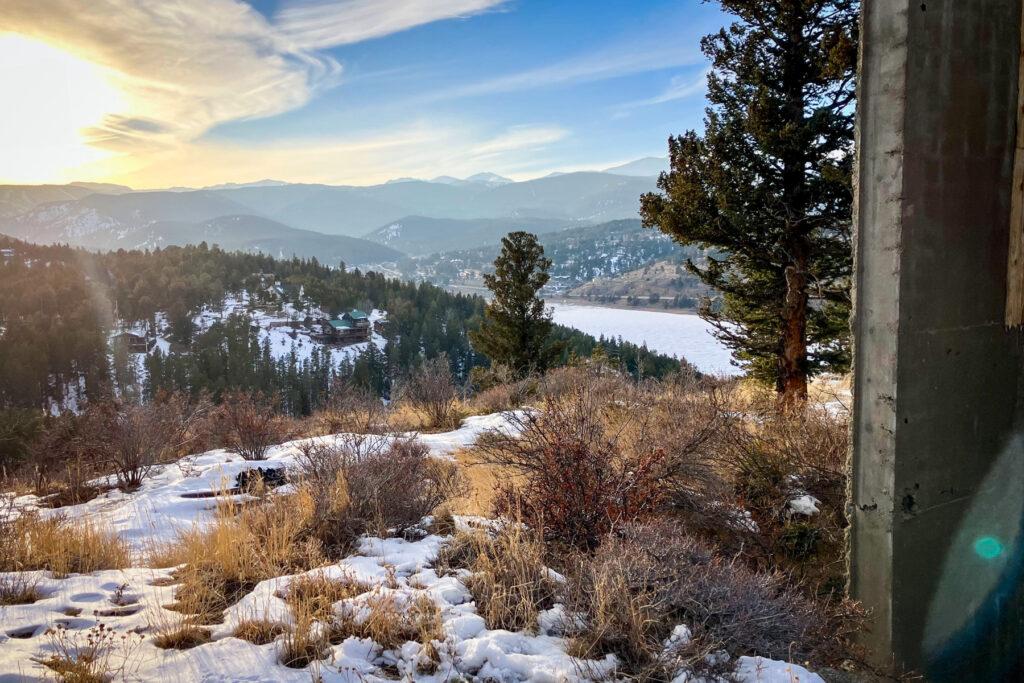
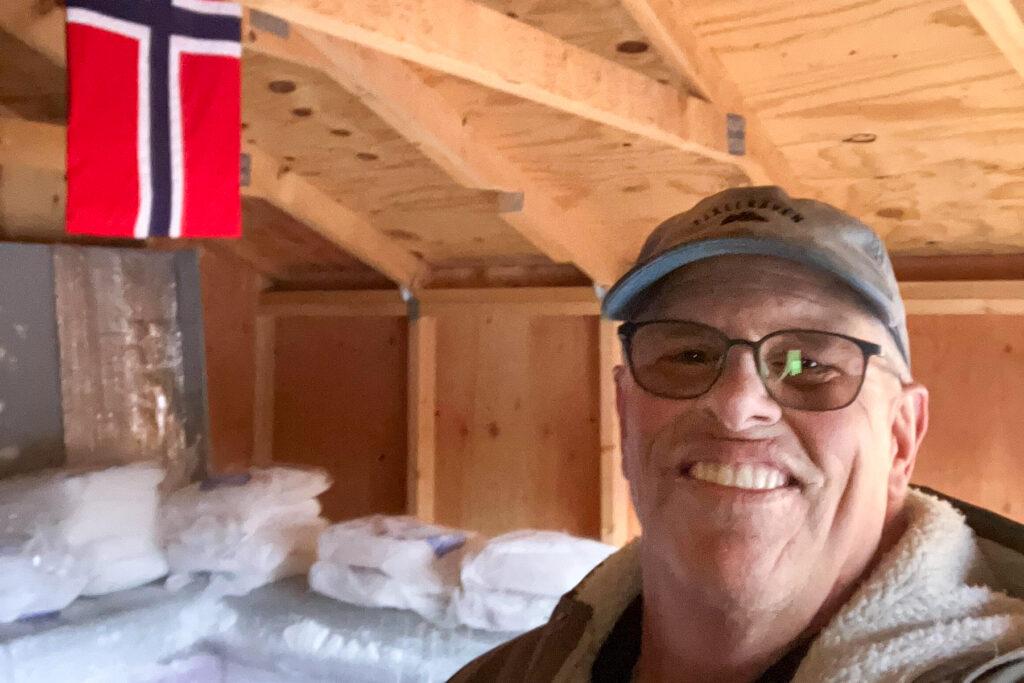
Bauge oversees the whole operation from afar. Even current cryonic practices are controversial, but he theorizes that someday science will advance to a point where scientists can create his grandfather’s younger genetic twin.
Still, Bauge admits his grandfather’s situation isn’t the best.
“Of course, he wasn’t stored under ideal circumstances compared to what we will be able to do 100 years from now but you have to start where you are and you have to improve from there, step by step. We live in a real world, not a fantasy world,” he said.
While science develops, Bredo Morstoel’s story remains a legend. Ultimately, the Nederland festival became a victim of its own success and it would have been canceled this year if it hadn’t moved to Estes Park.
That move was the brainchild of John Cullen, the president of the city’s historic, but eerie, Stanley Hotel, which inspired Stephen King’s horror novel, “The Shining,” and the movie and TV series that followed.
Cullen sees a connection between the Stanley’s otherworldly reputation and the story behind the Frozen Dead Guy, and the festival isn’t the only thing he might move. There’s a historic ice house on the Stanley property and Cullen is talking to a nonprofit foundation that specializes in cryonics about leasing that space. Potentially, the body could then be moved to the ice house, where the foundation would maintain it in its frozen state and create a cryonics museum.
Cullen says he thinks the hotel’s zoning would accommodate that kind of move but he plans to work closely with regulators and the public before there’s a final plan.
In the meantime, Wickham will continue delivering the ice every couple of weeks, and he said he’ll be a little sad when that ends.
“After awhile you feel like part of the family,” he said, “to the point where I’m almost going to probably have some stages of grief once this is over.”

